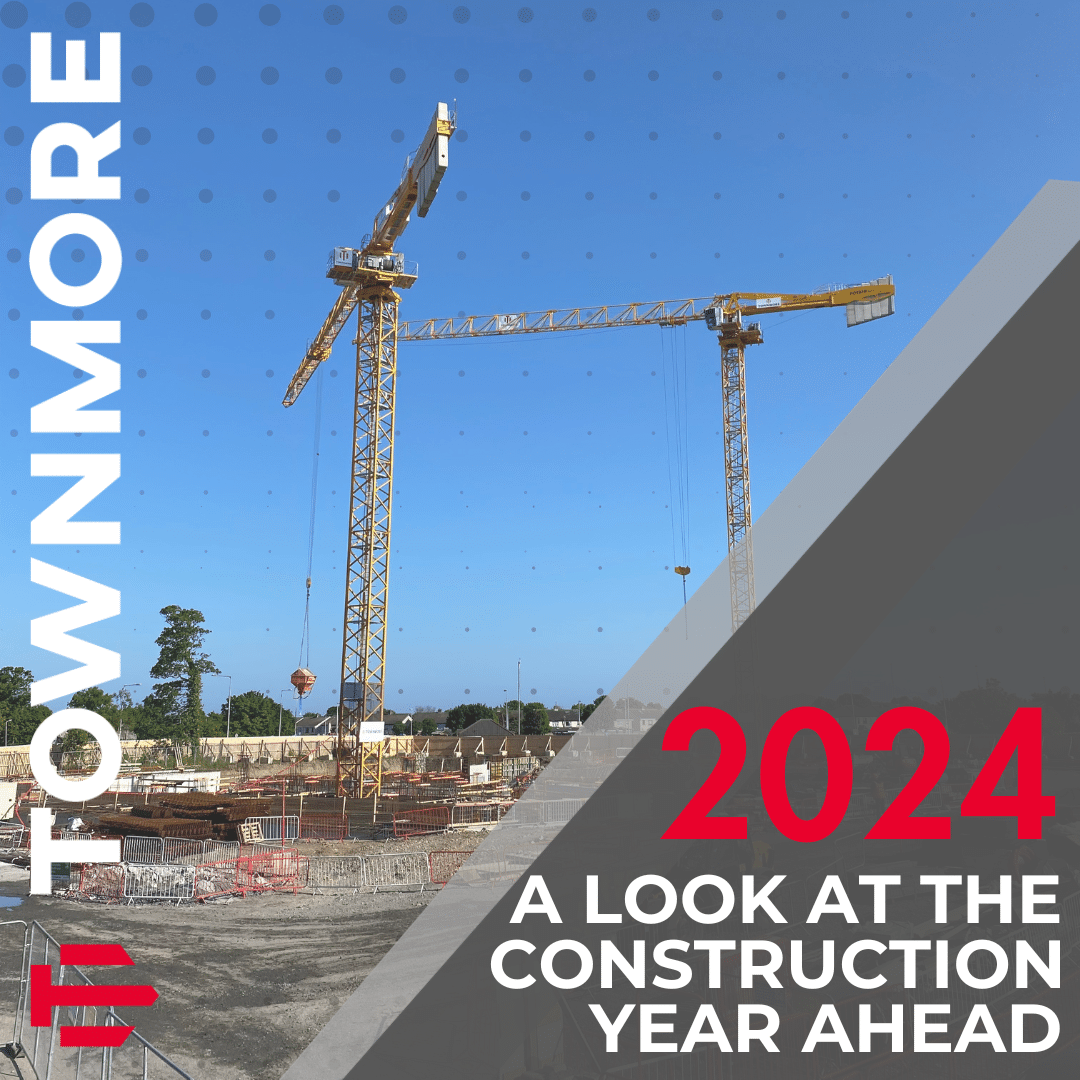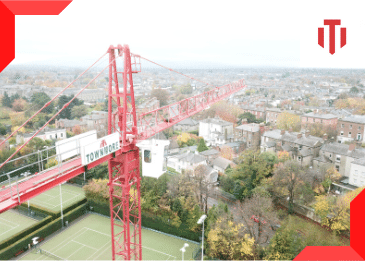Ireland is set to have the strongest construction growth among 19 European countries
2023 was an interesting year for construction delivery in Ireland, and it was not without its challenges. In the last month of the year, two significant reports were published which helps us to understand the year that was, in order to prepare for the year ahead, shaping our strategies and recruitment needs for our ongoing and upcoming projects.
Firstly, the Society of Chartered Surveyors Ireland (SCSI) recently released a comprehensive report titled ‘The Real Cost Of New Housing Delivery 2023’. This report highlights a notable increase in the cost of constructing new homes across Ireland, with a stark contrast between regions.
The key takeaways include:
- The average cost of a new 3-bed semi-detached house ranges from €354,000 in the Northwest to €461,000 in the Greater Dublin Area (GDA).
- A significant increase in costs since 2016, with GDA seeing a 39% rise.
- The national average cost is €397,000, excluding Dublin, it’s €386,000.
- Hard costs, like materials and building, account for 53% of the total, while soft costs like land and finance make up 47%.
- The minimum salary required for purchasing such a house is considerably higher in GDA (€127,000) compared to the Northwest (€85,000).
These figures indicate a particularly challenging environment, primarily driven by increases in hard costs due to factors like energy prices and supply chain disruptions from global events like the Covid pandemic and the Ukraine conflict. The report’s viability and affordability analyses suggest a need for innovative solutions to tackle these challenges – which we wholly support – emphasising the importance of modern construction methods and more targeted government support.
Ireland’s Construction Growth in European Context
Looking ahead, a report by Euroconstruct and EY forecasts a more optimistic year for Ireland’s construction sector. Despite a general decline in construction output across Europe, Ireland stands as an exception with an expected growth of 3.2% in 2023 and 4.4% in 2024.
Key highlights include:
- Ireland is set to have the strongest construction growth among 19 European countries.
- New housing completions in Ireland are projected to rise, reaching 33,450 by 2024.
- The focus on civil engineering and non-residential sectors contributes to this growth.
Similar to the SCSI insights above, the report from Euroconstruct, presented at EY Ireland, stresses the importance of innovation and Modern Methods of Construction (MMC) to sustain this growth. Embracing MMC and digital technologies is vital for enhancing productivity and addressing issues like skills shortages and cost of capital, which has been the key priority for the Townmore team in recent years.
Looking Ahead: Forward-Thinking Strategies
These reports collectively inform our approach for the coming year. While acknowledging the rising costs and the need for higher efficiency in house building, we are poised to leverage Ireland’s growing construction sector. Our focus will be on embracing MMC and digital innovations to improve productivity and manage costs, even more robust project management and cost controls, and, most importantly, strategic recruitment.
With a number of large Townmore projects due for handover later this month, we are excited to turn our attention to significant new projects breaking ground in Q1 and Q2, including apartment schemes in Dublin and Louth, another Primary Care centre in the midlands, and a housing development in County Kildare. We also have new hospitality and cleanroom projects due to commence in the first half of the year.
With such a strong pipeline of work ahead for 2024, we are keen to bring additional talent to our teams to fill the following roles:
- Senior Quantity Surveyors (nationwide)
- EHS Advisor (Dublin region)
- Project Managers (nationwide)
- Intermediate Quantity Surveyors (nationwide)
- Site Manager (Dublin)
- Site Engineer (Dublin)
- Design Manager (nationwide)
If you are interested in working with us, or would like to learn more about our projects, please check out https://townmore.ie/careers/ and reach out in confidence to Mark at [email protected].
www.townmore.ie









